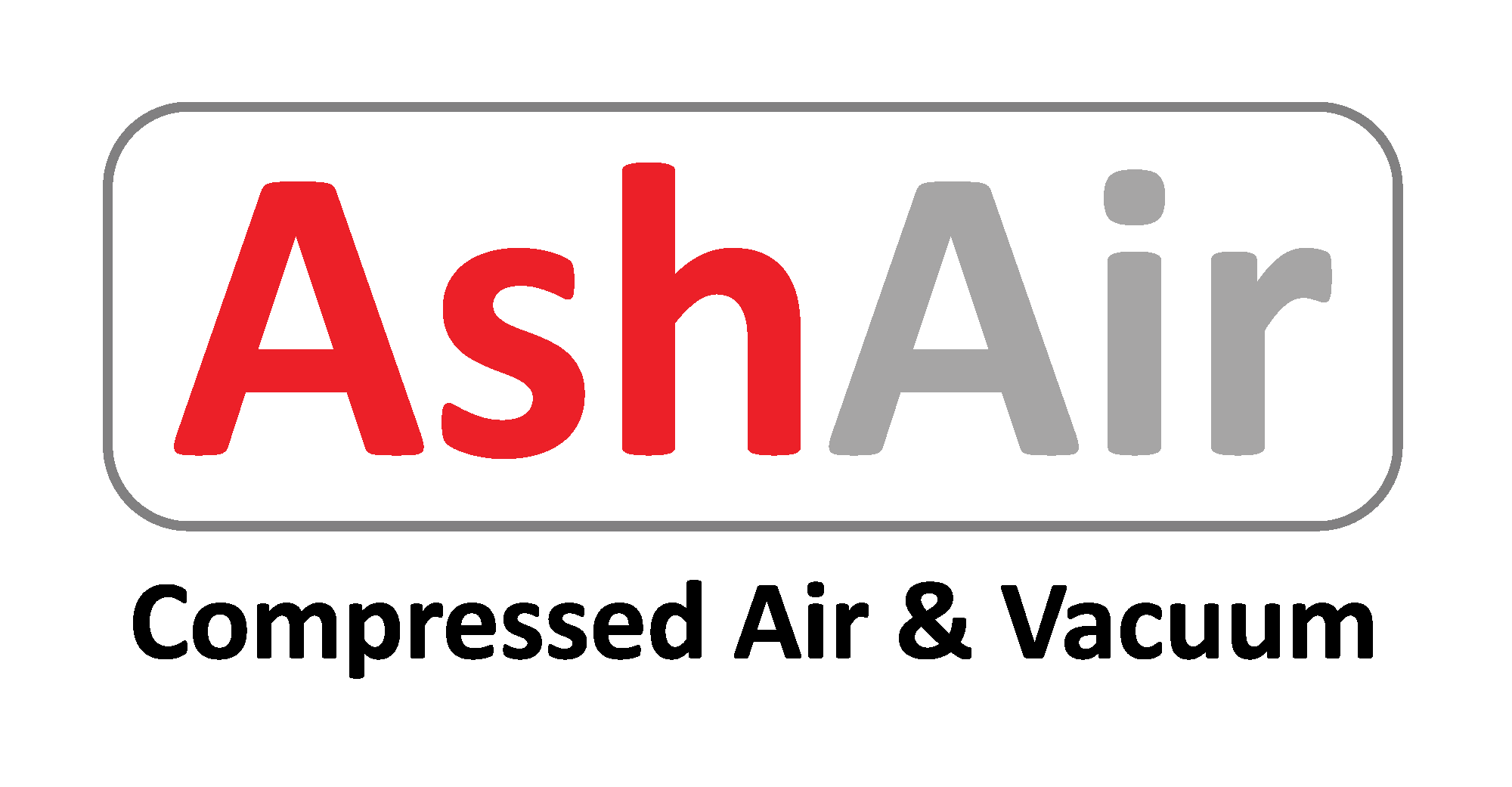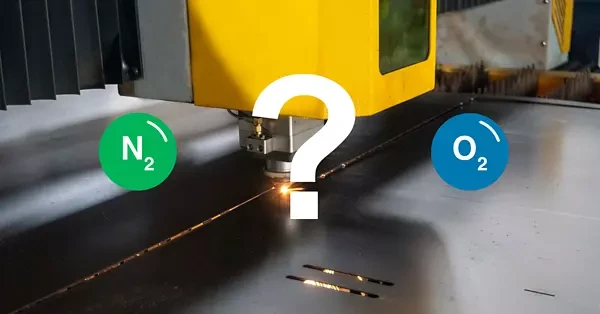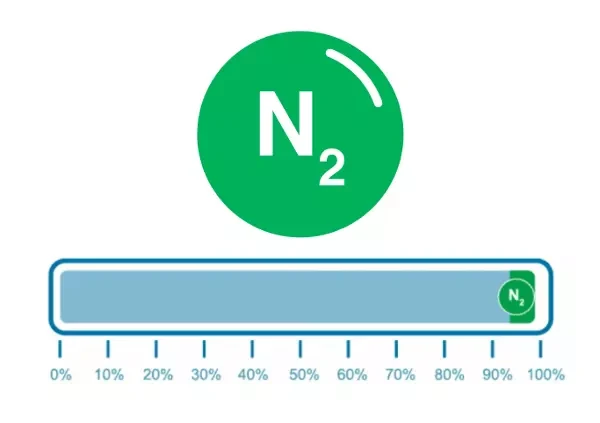What are some Troubleshooting tips for my dryer?
Dryer Troubleshooting Tips
Whenever anything doesn't work properly, it's frustrating and we get it. If this is your first time experiencing troubles with your dryer,
you're probably unsure where to even start. Getting your dryer repaired and back up and working is critical to keeping the moisture out to
protect your piping, tools and equipment. First thing, check the cooler on the air compressor. If the inlet air temperature is too high
going into the air dryer, it will over-work the dryer and it will never reach its dewpoint temperature. If the inlet air temperature is
fine, then continue by checking the below items.
Below are a few items to consider if you're dryer starts acting up. For starters, always put safety first and remove
the power source to the dryer before troubleshooting or attempting repairs. Also, to minimize any further damage to the air dryer.
 1.
Heat exchanger coils are dirty
1.
Heat exchanger coils are dirty
The first thing you should be looking at if your air dryer isn't performing. If your coils are dirty, your air dryer isn't getting proper
air flow. The dirty lint blocks and traps the air. Time to clean! Use a soft cloth or brush to clean dirt from the refrigeration condenser
coil to allow free passage of air. The condenser may be blown clean with compressed air or, if heavily contaminated, washed with mild
detergent and water.
2. Does the Fan Run/Operate?
If your have the dryer turned on and your fan does not, this is a big deal! If the fan isn't pushing air through the coils, there is no way
to cool your air. Below are a few things to consider what may be causing this to happen. - Motor shortage or burnt out motor - Failed
contactor - Shorted or burnt wires - Blown fuse - Bad fan pressure switch or controller
3. Condensate in the Piping
If you have moisture in your pipes that could mean 1 of 3 things. The dryer is working outside of it's rating, there is bad conditions of
condensation, OR the condensate drain discharge is not working properly. Few items to try: - Check inlet air flow rate and temperature to
ensure they are properly (within design parameters) working: - Check the room temperature (same as above) - Clean the condenser - Check
pressure switch/fan operation - Check your coalescent filter drains
*Check the Drain Function
If your condensate draining isn't performing it pushes all the condensate collected back into the system. This may push the moisture back
into the air compressor or into the next stage causing premature wear on your tools or equipment. Remember if your drain has failed,
you'll have plenty of water downstream to help you with indicating the problem. Proper functioning and life of the drain are highly
dependent on correct maintenance. Here are a few tips: - Clean the filter as often as possible (weekly) - Clean the filter in case of
malfunctioning / condensate in the lines - Check the floating device position - Install drain wear kit at least once per year (part #
2200902017)
4. No Compressed Air Passing Through the Dryer Outlet
If you aren't getting any air through the dryer outlet, most likely the heat exchanger is frozen inside. Some ice is normal, but if frozen
you need to take faction fast. How does something like that happen? Here's a few common reasons: 1. By-pass broken / out of
calibration: If
this happens, ice builds on the coils and acts as a type of insulation, further compounding the problem and allowing ice to build up even
further. 2. Room temperature too low: Room temperature can not be below 32 degrees Fahrenheit and a dryer should
not run lower than 35 degrees Fahrenheit. 3. Refrigerant leaks in the circuit: As the volume of circulating
refrigerant declines below specifications, refrigerant temperature initially drops below freezing. Low refrigerant usually indicates a leak
in the system that must be tracked down by a professional utilizing leak detection equipment, then properly sealed. Simply topping up a low
refrigerant level by adding more without pinpointing and fixing the leak is not a competent repair. If ice accumulation on the coil extends
beyond the dimensions of the condensate drip pan beneath the air handler, be ready with containers to catch the dripping water and prevent
water damage as the ice melts.
5. Incorrectly sized Dryer
Sizing a dryer can be tricky if you haven't done this before. Having an undersized dryer can lead to poor air quality and overworking your
dryer while an over-sized dryer can waste electricity. It’s best to make sure you’ve got one sized correctly for your installation. If you
aren’t sure if your dryer is sized correctly, contact us for help.
Still have Questions? We are here to help!
Note that the location of the compressors and dryers can make a big difference in dryer performance. The cooler the air going into the
compressor, the lower the dryer inlet temperature. If the compressor room is hot, consider moving the dryer to another, cooler location to
boost its effectiveness.


 1.
Heat exchanger coils are dirty
1.
Heat exchanger coils are dirty



.png)
